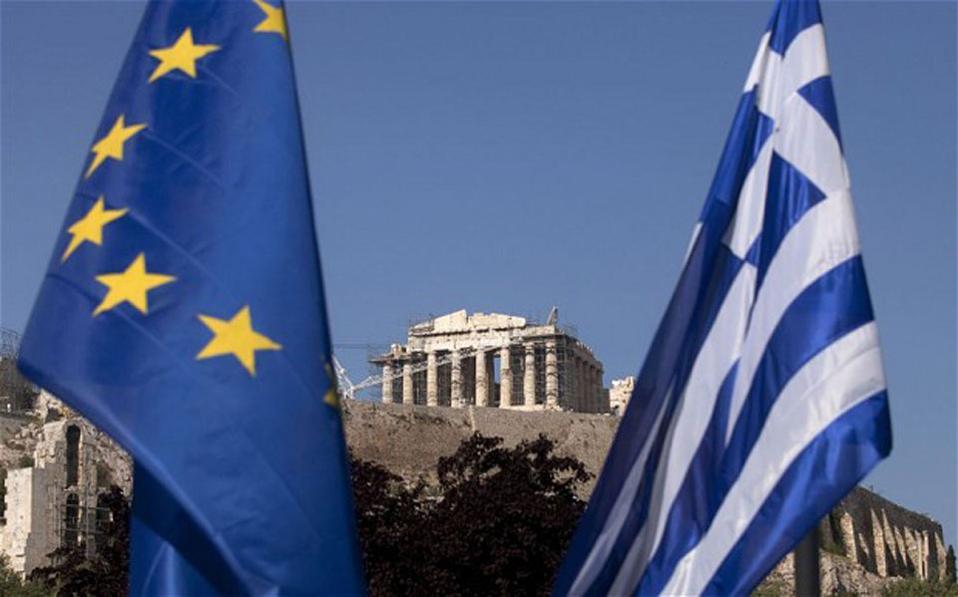Last winter, the basic hypothesis of doctors, epidemiologists, virologists, and economists was that the COVID-19 pandemic would predominate and that economic, social, and political conditions would depend absolutely on the public health framework.
That was understandable as the pandemic, following a relatively calm but quite active summer, had reappeared more forcefully. The number of confirmed cases and victims had multiplied and restrictions were reinstituted.
In December, nobody could have predicted with any certainty the adequacy of supply and the evolution of vaccines. Moreover, no one could project the level of protection they offer and so nobody knew when a wall of immunity might be effectively built.
However, the economy and society had in some sense begun developing defences and adapting accordingly.
Tele-work was becoming predominant. Alternate modes of production and of providing services did not leave markets and supply chains inert.
Commerce was now finding ways to meet the challenge of the public health crisis and society seemed to be largely absorbing restrictive measures and abiding by protective measures en masse, even as it declared its desire to move forward and its hope that it would prevail over the fear and horror of the pandemic.
At that point the consensus was that vaccines and mass vaccination would be the solution. Based on that projection, expectations of a gradual return of all activities grew despite the still predominant bleak scenarios, insecurity, and the difficulties that analysts faced in dynamically recording how the situation was evolving.
That explains the pessimism of economists.
Anthropologists, on the contrary, after the pandemic had raged for a year, began projecting a dynamic recovery of societies once they felt relatively safe. They reminded us that pandemics are followed by an explosion of activity as citizens are freed from a cycle of suppressed desires.
Six months later, we can safely conclude that economists’ projections failed because their scenarios were structurally flawed and because they viewed the public health crisis in a static manner.
Projections of a six to nine percentage point decline in GDP in the first quarter of 2021 proved to be erroneous. Projections for the second quarter exceed all expectation and analysts now believe that economic growth can exceed five percentage points.
Now, we can certainly conclude that the path of vaccination was the right one as it builds, albeit belatedly, a wall of immunity. Active citizens have flooded the streets and are eager to seize the opportunity to restart their lives in post-pandemic conditions.
If the current public health trends continue, if the EU Pandemic Recovery Fund comes into full swing, and if investment initiatives through state-sponsored programmes and private initiatives that are under way proceed, the picture will swiftly improve.
Jobs will be created, income will be better distributed, the consumption of goods and services will grow, and the conditions will bring a drop in unemployment.
Obviously, political developments will be dynamically affected. Nothing will be the same after this summer.
Those who still peddle disaster scenarios are by all appearances off the mark. They must re-evaluate their stance and behaviour.



